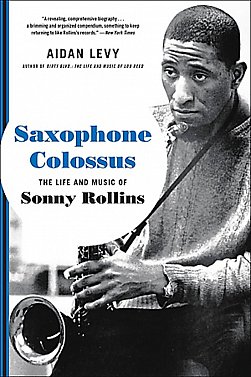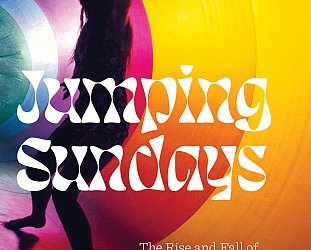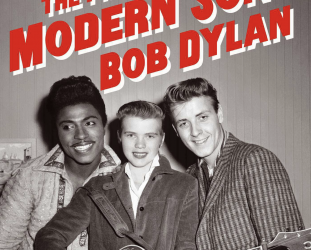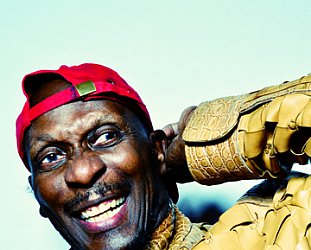Graham Reid | | 2 min read

In 1956, the year he turned 26, tenor saxophonist Sonny Rollins appeared on 10 albums, among them six as leader which included Tenor Madness and Saxophone Colossus (which gave him a nickname, one of many) and Thelonious Monk's widely acclaimed Brilliant Corners.
However just 18 months before he was struggling to put years of heroin addiction behind him and had been working as a janitor, a porter and unloading trucks by day as he tried to live a straight life.
He'd still played and recorded – notably an album with Monk – but the critic Nat Hentoff was often withering in his criticism of his efforts.
That Rollins turned his life around through self-discipline and having himself committed spoke volumes about his diligence and serious persona.
If 1956 marked a turning point and the beginning of more universal acclaim, the following year saw his star rise even higher: he was second in a Downbeat tenor poll (behind the almost immovable Stan Getz), he appeared at Carnegie Hall on a bill which included old friends Billie Holiday, Monk, John Coltrane (11th in the Downbeat poll) and others, and he appeared on 10 more albums either as a sideman or leader.
He again toured with Miles Davis.
Nat Hentoff came around to become one of Rollins' champions.
Sonny Rollins – 94 at the time of this writing – is among the last of the great generation of jazz musicians who appeared in the Fifties: long gone are his peers Holiday, Charlie Parker, Coltrane, Charles Mingus, Monk, Miles, Max Roach, Art Blakey, Ornette Coleman . . .
He has outlived them all and left an impressive catalogue of influential jazz albums, among them Freedom Suite (1958), The Bridge (1962), Sonny Meets Hawk with Coleman Hawkins (1963) . . .
Then there are the many live albums, those with Miles, Dizzy, Monk, Roach, Bud Powell, McCoy Tyner . . .
And he played some sessions with the Rolling Stones (“It wasn’t my idea, it was my wife’s,” he told me in 2011) which ended up on their 1981 Tattoo You album.
Sonny Rollins is a towering figure in contemporary music who redefined the nature of tenor sax, brought music from his Caribbean heritage into jazz while always acknowledging his predecessors and peers.
He has long deserved a definitive biography and now, with Saxophone Colossus, he has one.
This huge, detailed but highly readable book by Aidan Levy (700 pages of text) sings off the pages as the author collates quotes from Rollins' peers, critics, reviews and the artist himself to weave a narrative that is alive, perceptive and meticulous in its detail. At times it reads like a day-by-day diary of Rollins' feelings, work and thoughts.
Rollins emerges as not just a singular figure in his dedication to his music but also a moral pillar in a world which often pulls its jazz citizens down and then discards them.
Rollins dressed up for his role (suit, tie, pocket handkerchief) and was the youngest musician in that historic 1958 photo of more than 50 jazz legends in Harlem alongside Hawkins, Lester Young, Mary Lou Williams, Monk and others.
This is a man who played with Parker, spent time in Rikers Island prison, met Jean-Paul Sartre, kept coming back after being dismissed by critics and would include material as diverse as Tennessee Waltz and show tunes in his repertoire.
Saxophone Colossus is an important biography of a contemporary jazz artist and takes its place alongside Robin DG Kelley's similarly penetrating consideration of the life of Thelonious Monk.
First published in 2023, it is now available in paperback and deserves a place on any serious jazz lover's shelf.
.
SAXOPHONE COLOSSUS; THE LIFE AND MUSIC OF SONNY ROLLINS by AIDAN LEVY Hachette $35
For more on Sonny Rollins at Elsewhere including that 2011 interview go here





post a comment